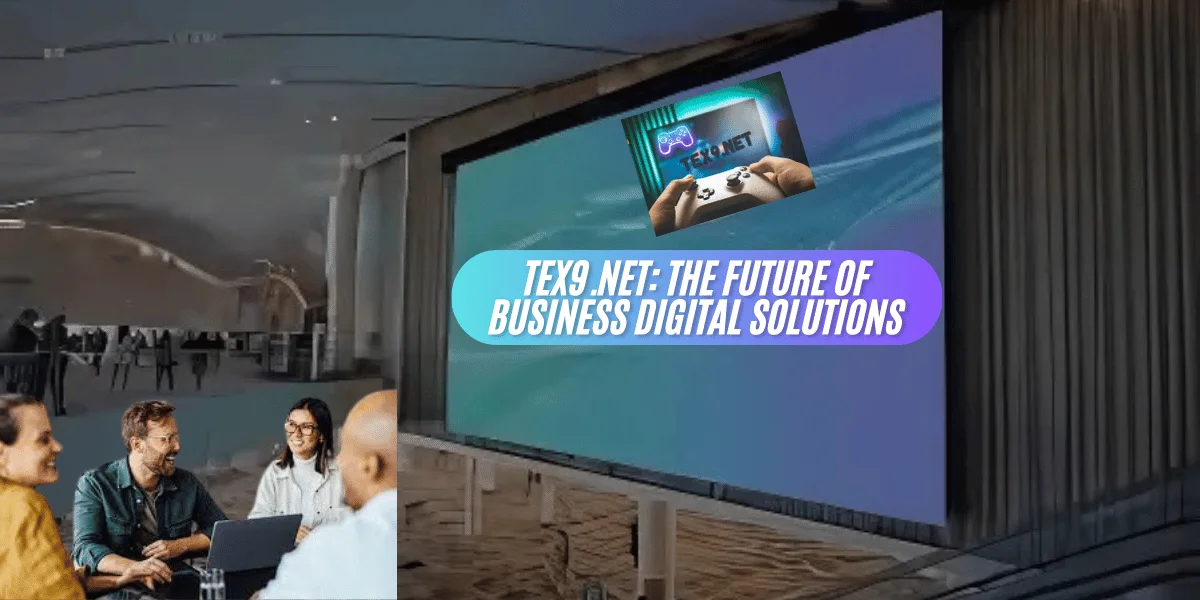In the ever-evolving world of digital content, creating high-quality visuals is an essential aspect of engaging your audience. Whether you’re a content creator, marketer, or business owner, visuals play a key role in conveying your message. However, creating images from scratch can be time-consuming and costly, especially for those without advanced design skills. This is where text to image technology comes into play, offering a revolutionary solution that allows users to generate images simply by entering text descriptions. Using reference images or models can help you learn proportions and details more accurately. Drawing from real life, such as a bowl of fruit or a tree, can also enhance your ability to capture objects realistically, and incorporating text to image can provide additional inspiration and visualization for your art.
What is Text to Image Technology?
Text to image technology is an advanced artificial intelligence (AI) tool that generates images based on textual descriptions. Using deep learning algorithms, AI models analyze the input text and generate visual content that matches the description provided. These tools rely on neural networks that have been trained on large datasets of both text and image pairs, allowing them to understand the relationship between words and visual elements.
By leveraging natural language processing (NLP) and computer vision, text to image tools can produce highly realistic, creative, or artistic images based on user input. The tool might generate images ranging from simple objects, like “a red apple,” to complex scenes, such as “a futuristic cityscape with flying cars and neon lights.”
How Does Text to Image Work?
The process of generating images from text involves several key steps:
- Text Input: The user begins by entering a textual description or prompt into the text to image tool. For example, “a serene beach at sunset” or “a busy street in New York City at night.”
- Text Analysis: Once the text is entered, the AI system interprets the description. It breaks down the text into different components, such as objects, colors, shapes, and spatial relationships. This analysis allows the AI to understand the context and the various elements that need to be represented in the final image.
- Image Generation: After analyzing the text, the AI generates the image. Using its pre-trained neural networks, it creates visual elements that align with the description, combining objects, textures, and colors in the right proportions.
- Refinement: Some advanced text to image tools have a refinement phase where the initial image is fine-tuned. During this stage, the AI adjusts the image to ensure better clarity, realism, or artistic consistency, depending on the user’s preferences.
- Final Image Output: After the image is generated and refined, it is presented to the user. The user can then download or further edit the image to fit their needs.
Popular Text to Image Tools
The rise of text to image technology has led to the development of several powerful tools that have gained popularity in recent years. Some of the most well-known platforms include:
1. DALL·E 2 by OpenAI
One of the most advanced text to image tools, DALL·E 2 from OpenAI, can generate highly realistic images and artistic illustrations from text prompts. It can create everything from surreal and imaginative designs to photorealistic images. DALL·E 2’s ability to combine different objects and concepts into cohesive and visually stunning results makes it one of the most versatile tools available.
2. MidJourney
MidJourney is a creative AI tool known for producing unique, artistic images that often carry a dreamlike or surreal quality. MidJourney is popular among digital artists, designers, and content creators for generating imaginative visual concepts that go beyond typical design boundaries.
3. Stable Diffusion
Stable Diffusion is an open-source text to image tool that allows for greater customization and flexibility. Users can fine-tune various settings to generate images according to specific preferences. This tool is widely used by developers and creative professionals for experimenting with different artistic styles and image generation techniques.
4. DeepAI Text to Image API
DeepAI provides an API that converts text into images, offering both simplicity and high-quality output. It is a popular choice among businesses and developers who need to generate images for web content, product advertisements, or creative marketing materials.
Applications of Text to Image Technology
The applications of text to image technology are vast and diverse, impacting a variety of industries. Here are some of the primary areas where this technology is making a significant impact:
1. Digital Art and Design
For digital artists and designers, text to image tools have become an invaluable asset. Artists can quickly visualize concepts, experiment with different designs, and create unique pieces of art without needing advanced technical skills. The AI-generated images provide a starting point that can be further refined or used as inspiration for new works. This technology is democratizing creativity, allowing more people to express themselves through visual art.
2. Marketing and Advertising
In marketing, high-quality visuals are critical for capturing attention and driving engagement. Text to image tools help marketers generate custom visuals tailored to their specific campaigns. By simply describing the desired image, marketers can produce visuals for social media posts, ads, blog articles, and more. These tools save both time and money, as they eliminate the need to hire professional photographers or graphic designers for every campaign.
3. E-Commerce
For e-commerce businesses, text to image technology can streamline the process of creating product images and promotional visuals. Retailers can generate custom images of products in different settings or with various backgrounds by simply inputting descriptive text. This saves time and reduces the cost of traditional photoshoots, making it easier for businesses to update their product listings or run seasonal campaigns.
4. Entertainment and Media
In the entertainment industry, text to image tools are used for creating concept art, storyboards, and visual effects. Filmmakers, game developers, and animators can quickly generate visual representations of scenes, characters, or environments, helping to bring their ideas to life during the early stages of production. This allows for faster iterations and more dynamic creative processes.
5. Education and Training
Educators and trainers are using text to image technology to create custom illustrations and visual aids for lessons. For example, a science teacher could generate images of complex biological processes or historical events to enhance their lessons. This can make learning more engaging and help students better understand abstract concepts.
Benefits of Using a Text to Image Tool
The use of text to image technology offers numerous benefits, including:
1. Time and Cost Savings
Traditionally, creating images requires significant time and financial investment, especially when working with professional designers or photographers. Text to image tools automate the process, allowing users to generate images in seconds and at a fraction of the cost.
2. Creative Freedom and Flexibility
With text to image technology, the possibilities are endless. Users can experiment with different visual styles, themes, and settings, all by altering the text prompt. This offers an unprecedented level of creative freedom and flexibility, enabling users to generate custom images that align with their vision.
3. Accessibility
You don’t need to be a professional designer to create high-quality images. Text to image tools are user-friendly and intuitive, making them accessible to people with no prior experience in graphic design. As long as you can describe your vision in words, these tools can help you bring it to life visually.
4. Scalability
For businesses and content creators who need to generate large volumes of images, text to image technology is a game-changer. Instead of relying on time-consuming manual processes, companies can scale their content creation efforts and produce hundreds or thousands of images at a fraction of the time it would take using traditional methods.
Challenges and Considerations
While text to image technology offers impressive benefits, it’s not without challenges. One of the primary concerns is the potential for AI-generated images to perpetuate biases or produce harmful content, depending on the data the AI is trained on. Furthermore, questions around intellectual property and the ownership of AI-generated images are still being debated.
Conclusion
Text to image technology is revolutionizing the way we create and interact with digital content. It allows for faster, cost-effective, and highly customizable image creation, opening new doors for creative professionals, businesses, and educators alike. As this technology continues to advance, we can expect even more powerful tools that push the boundaries of digital content creation. By leveraging the capabilities of text to image tools, users can unlock limitless possibilities for innovation and creativity, changing the way we approach design and visual storytelling forever.



